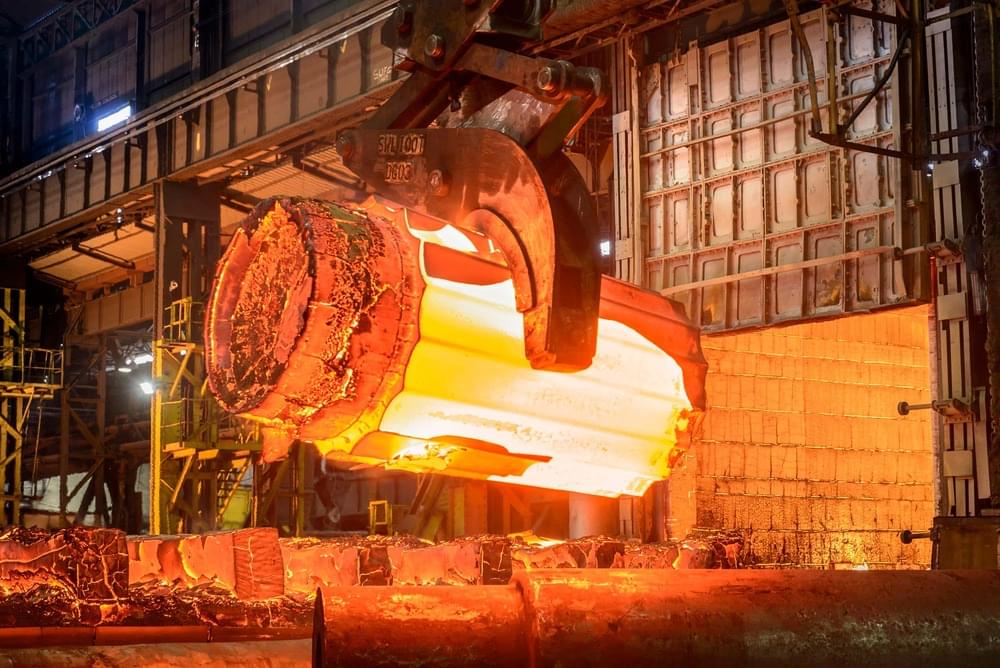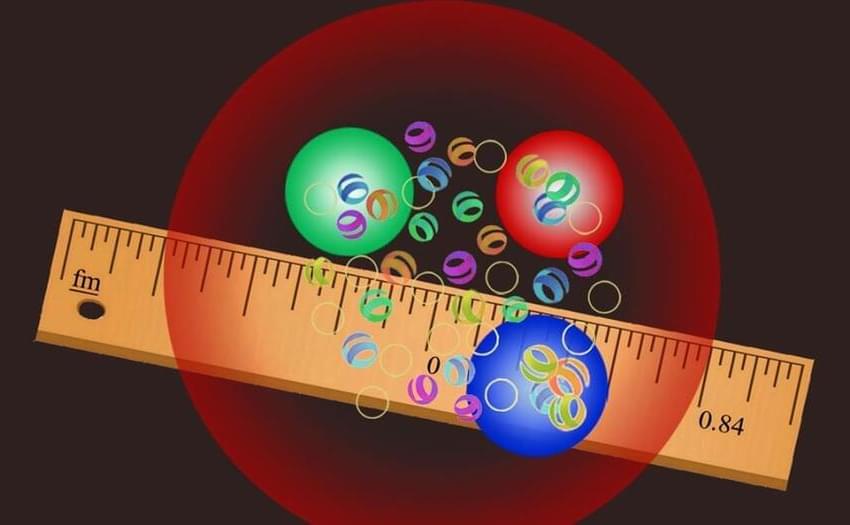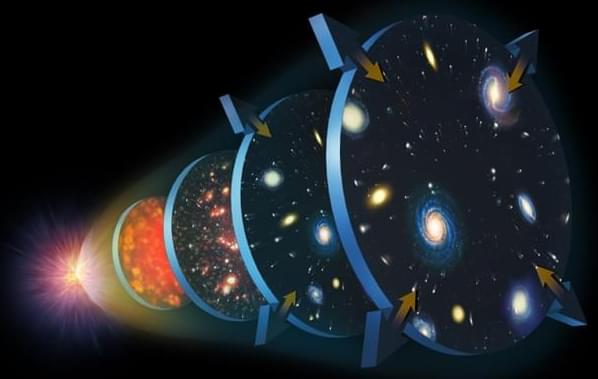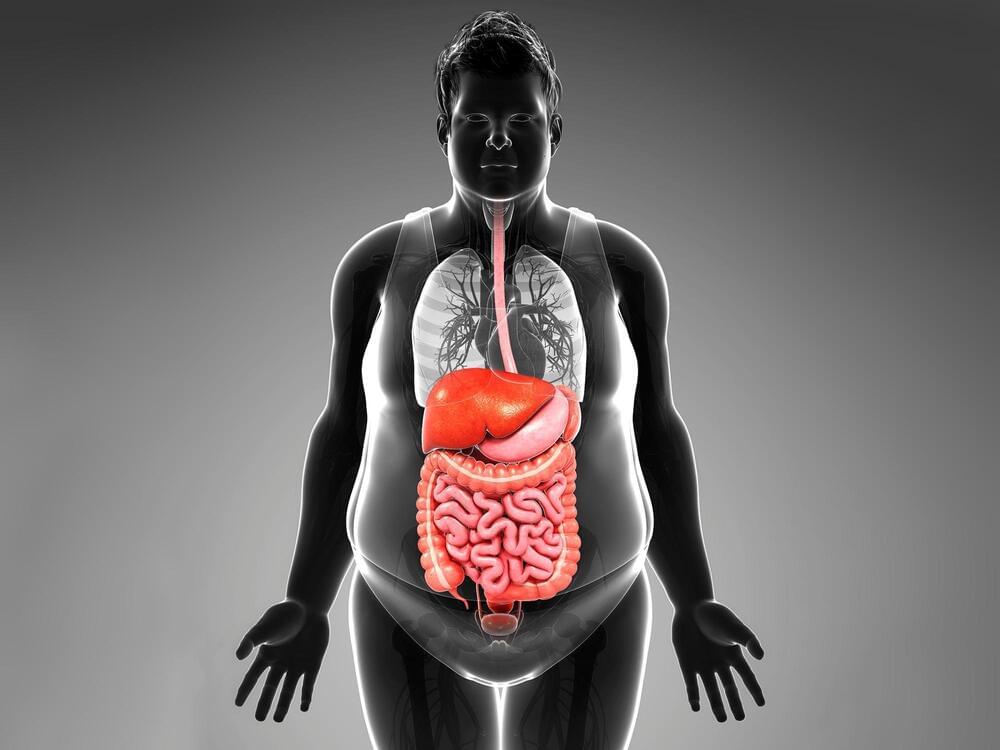**PARTY EDITION** Real robots. NO visual effects!
While working security at the Boston Dynamics robotics lab, Your Cousin From Boston gives a robot a Sam Adams. At least he brought a Wicked IPA Party Pack to share!
**PARTY EDITION** Real robots. NO visual effects!
While working security at the Boston Dynamics robotics lab, Your Cousin From Boston gives a robot a Sam Adams. At least he brought a Wicked IPA Party Pack to share!



A few years ago, a novel measurement technique showed that protons are probably smaller than had been assumed since the 1990s. The discrepancy surprised the scientific community; some researchers even believed that the Standard Model of particle physics would have to be changed. Physicists at the University of Bonn and the Technical University of Darmstadt have now developed a method that allows them to analyze the results of older and more recent experiments much more comprehensively than before. This also results in a smaller proton radius from the older data. So there is probably no difference between the values — no matter which measurement method they are based on. The study appeared in Physical Review Letters.


By Helen O’Shea
On a windy, bright day in Lemoore, California another 250 megawatts of clean power was added to California’s energy mix with the dedication of the Aquamarine Solar Project. There are many new solar projects coming online across the country these days, but the Aquamarine project is notable for its innovative development model — it’s part of a 20,000-acre master-planned solar park on fallowed and salt-contaminated agricultural lands in the Westlands Water District in California’s Central Valley.
Disturbed lands farmed for years with no residual habitat value are the perfect place to locate utility-scale solar projects. In 2016 these lands, among many others, were identified as suitable for development by a diverse group of stakeholders through the San Joaquin Valley Least Conflict Solar Planning exercise.

A 19-year-old has turned down the offer of a free Tesla Model 3 in return for deleting his Twitter account which tracks the location of Elon Musk’s private jet.
College freshman Jack Sweeney manages a Twitter account called @ElonJet which tracks the aircraft using bots to detect air traffic data.
Musk had previously asked for Sweeney to take the account down earlier in the fall in exchange for $5,000 but he ultimately refused and asked for an internship instead, he previously told DailyMail.com.

What exactly is Obesity?
Obesity is known to cause cardiometabolic diseases like hypertension and diabetes but attributing these diseases to merely an overabundance of fat is a simplification. On a basic level, fat acts as a receptacle to store energy, but upon a closer look it is an essential actor in vital bodily processes like the immune response, the regulation of insulin sensitivity, and maintenance of body temperature. In a review published in the journal Cell on February 3rd, 2022, researchers argue that the negative health effects of obesity stem not simply from an excess of fat but from the decline in its ability to respond to changes, or in other words, its plasticity.
The makeup and functioning of this tissue changes in response to weight fluctuations and aging. As fat declines in plasticity due to aging and obesity, it loses its ability to respond to bodily cues. In the current model of this phenomenon, the rapid growth of adipose tissue outpaces its blood supply, depriving the fat cells of oxygen and causing the accumulation of cells that no longer divide. This leads to insulin resistance, inflammation, and cell death accompanied by the uncontrolled spill of lipids from these cells.